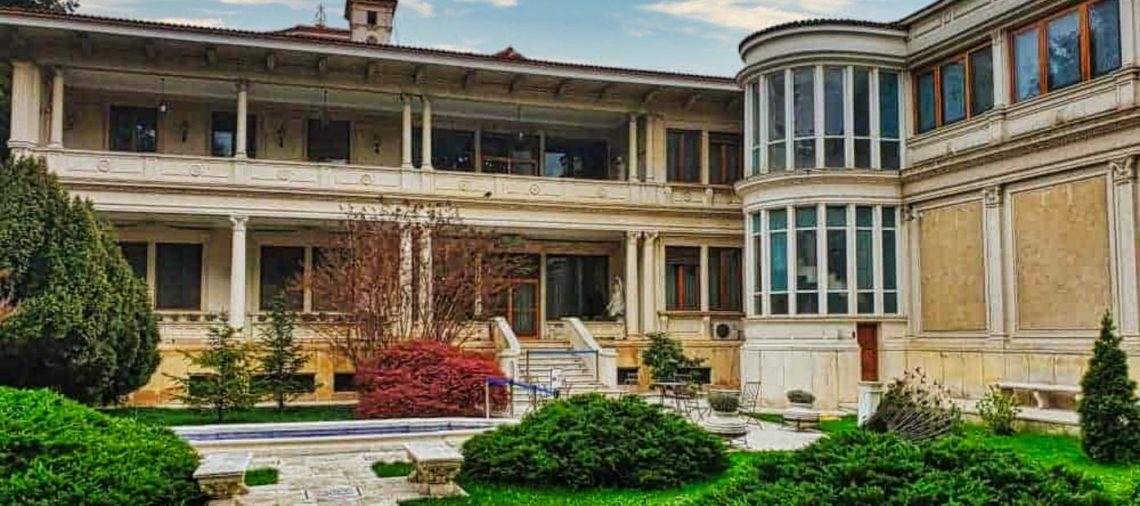One of the most sought-after places by tourists visiting Romania’s Capital is Ceausescu House in Bucharest (Casa Ceausescu) or the former Spring Palace (or Primaverii Palace). Practically, this is the place which, from 1965 until 1989, meant the private residence of the Ceaușescu family.
Thus, for a quarter of a century, Nicolae and Elena Ceausescu lived here with their three children, Valentin, Zoia, and Nicu. The Spring Palace was built in the mid-60s and expanded between 1970 and 1972. The architect in charge was Aron Grimberg Solari, seconded into the landscape aspect by another talented architect, Robert Woll, who was also the furniture designer.
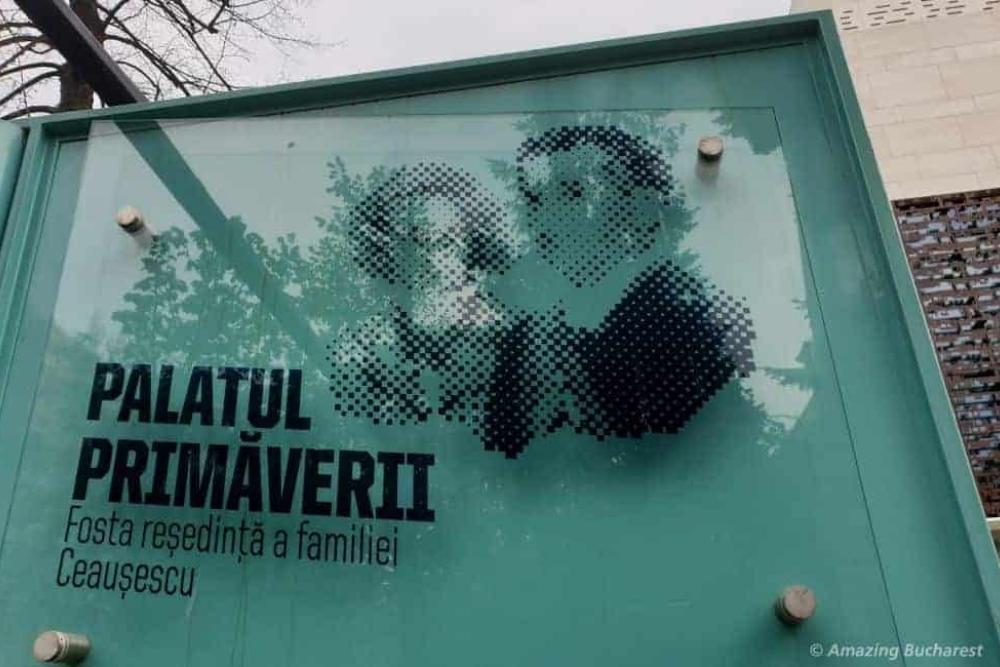
The visit to Ceausescu House is made with a guide, following an appointment made at least a day before. It takes 45 minutes and is an experience that arouses contradictory feelings. First, the admiration for a charming house, from one point of view (and in a historical context, because it is preserved as it looked in 1989).
On the other side, it’s the revolt that in those years of sad remembrance, the Romanian presidential couple boasted in luxury worthy of the great American cinema productions. And all this, while the people were struggling in poverty. Above all, a difficult to define nostalgia dominates the tour, which envelops the ones who were born and lived those times.
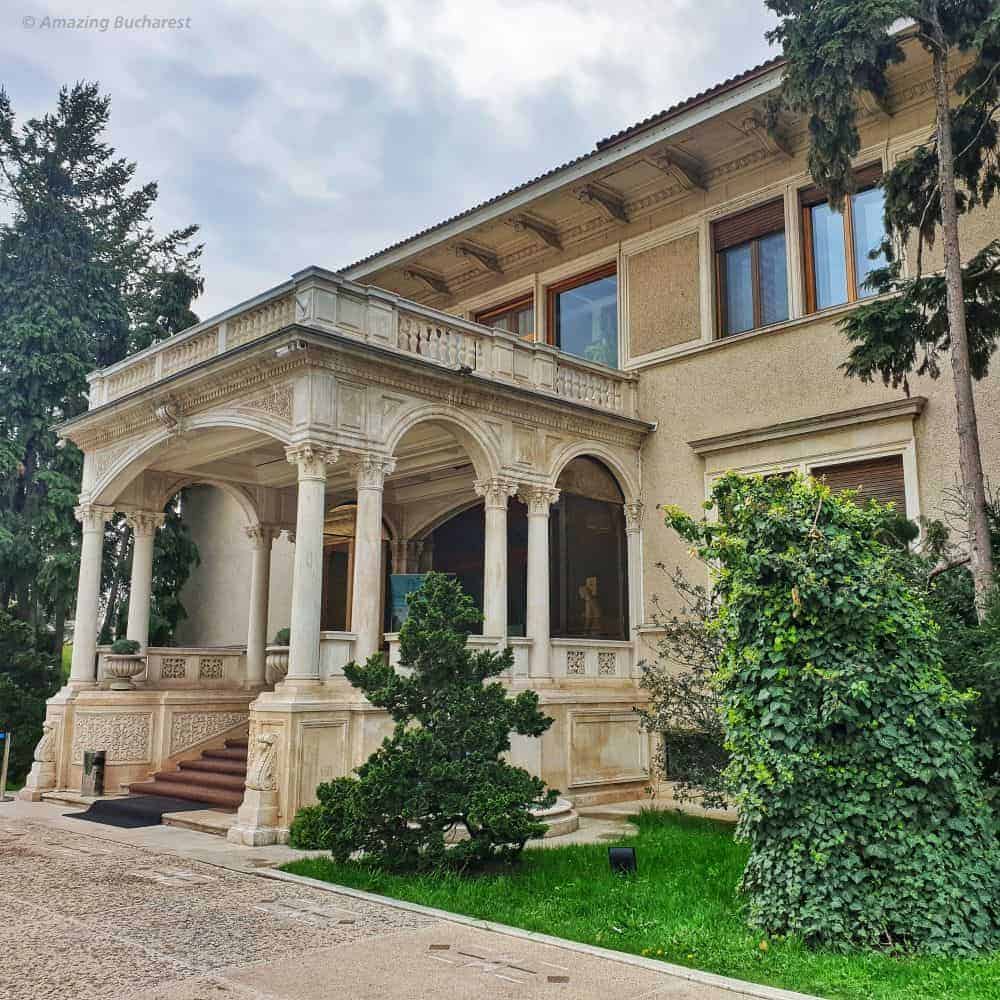
The house has over 80 rooms, and only a part of them can be visited (around 60). You will pass through Ceauşescu’s office, the office lounge, the lobby and the main entrance, Valentin’s apartment (all these are on the ground floor), the family living room, the living room.
Then, Nicu’s apartment, Zoia’s apartment, Elena Ceauşescu’s living apartment, the presidential couple’s apartment, the winter garden, greenhouse, the huge dressing room, the spa, the swimming pool. In the end, you will relax in the garden where you will surely meet some peacocks, followers of the two beloved ones by the Ceauşescus.
It’s easy to notice that the peacock offers the main theme for the rooms’ decoration, many mosaics, paintings, and other elements. This suggests that Ceausescu’s wife had made a passion for this bird.
Check these 9 beautiful places in Romania if you are in a trip here.
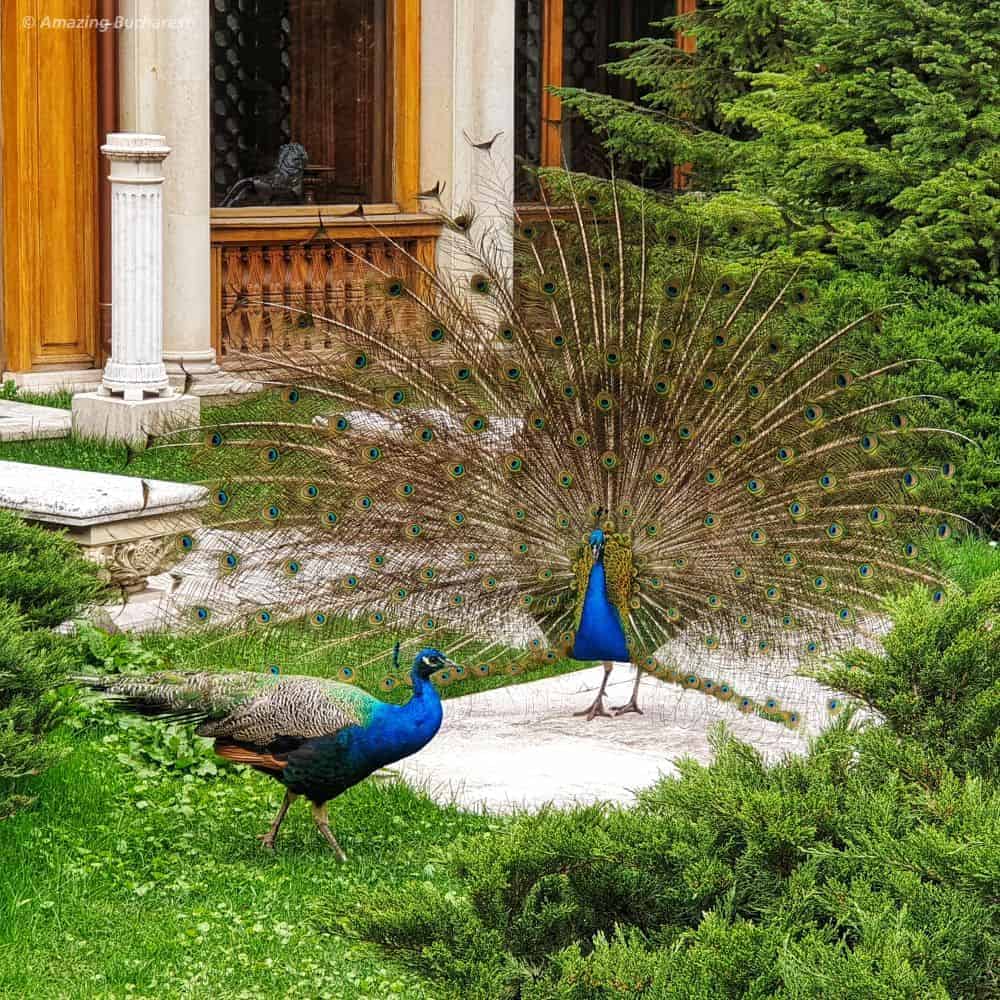
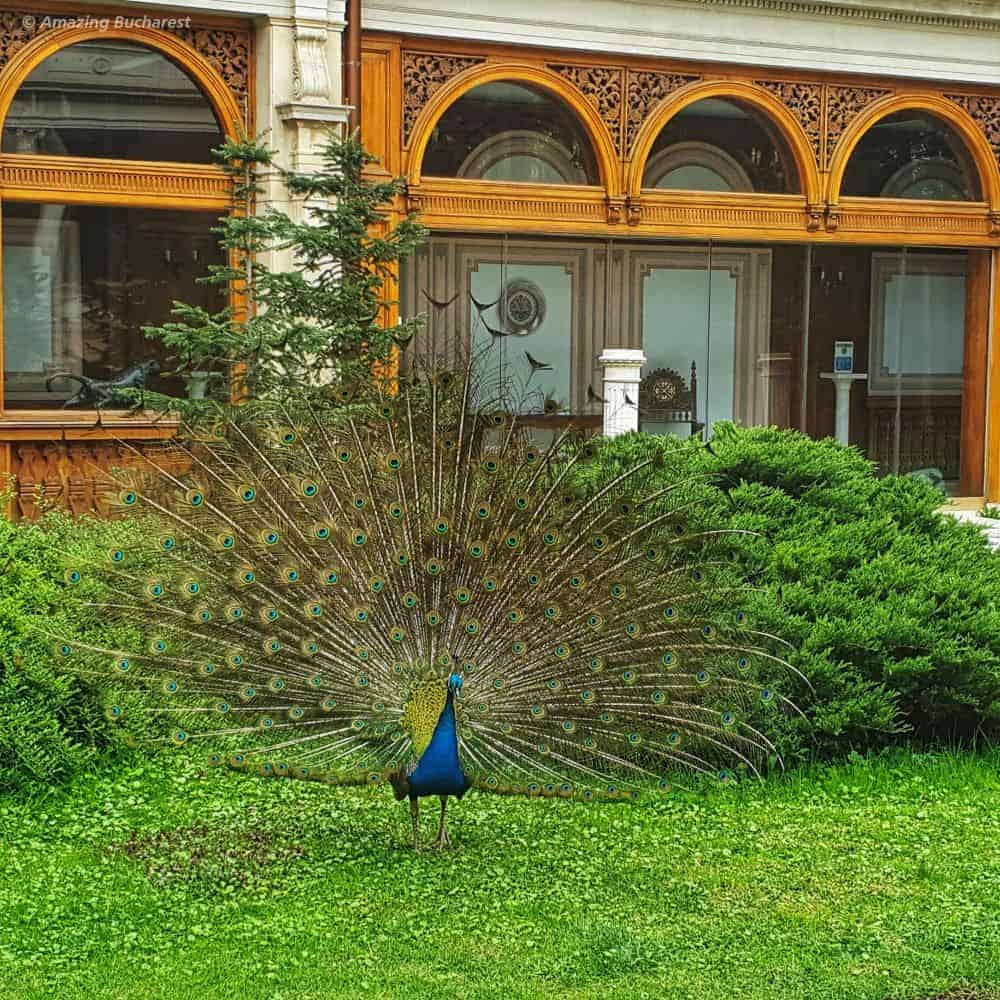
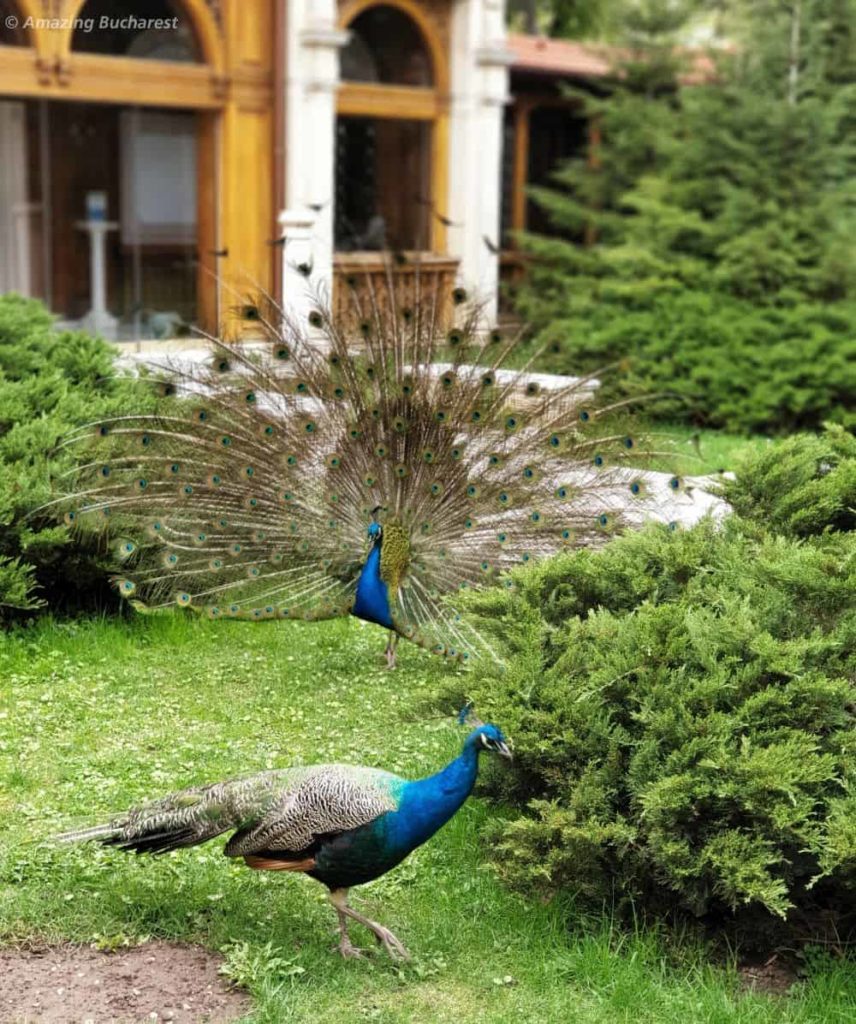
Ceaușescu House in Bucharest, a demonstration of beauty
Although the opinions differ regarding the house’s aesthetics, we would rather adopt the fact that the former Spring Palace is… quite beautiful. Both inside and outside. Of course, the approached style is not a modern one but French inspiration (for example, the living room is in Louis 14th style).
Still, most of the decorations are impressive. The building materials are the best quality (marble of Ruschita predominates). The objects suggest the art zone, both those of local origin and those that were, at their time, gifts received by Nicolae Ceausescu from the world’s leaders.
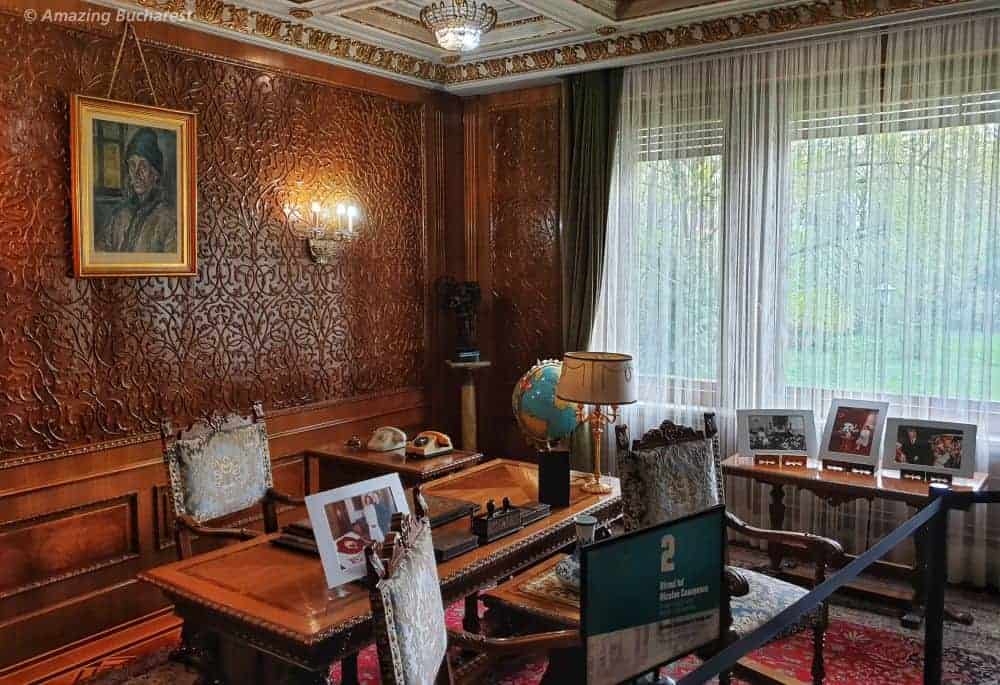
When visiting, I saw the famous bathroom of the presidential couple. So many legends were born immediately after the Revolution in 1989 when many said that it had massive gold taps. Beyond the fact that the bathroom is genuinely exquisite, you clarify on the spot that, in fact, the objects are blown with the precious metal, and there is no massive gold there.
The apartment of the Ceaușescu couple represents the most impactful area of the entire house. With the original pajamas left on the bed, with the picture of the three children on a table in front of the bed, and the dressing room in which you can see the dozens of clothes. Shoes, furs, costumes, and shirts.
I invite you to visit the Ceauşescu House, regardless of your thoughts about the pre-1989 era. It is a bit of history that Romanians digest, easier or harder, and transformed into a tourist objective. Which talks to the whole world about how they lived here, at the highest level, somebody who decided the destiny of a country and, more tragically, of a nation.
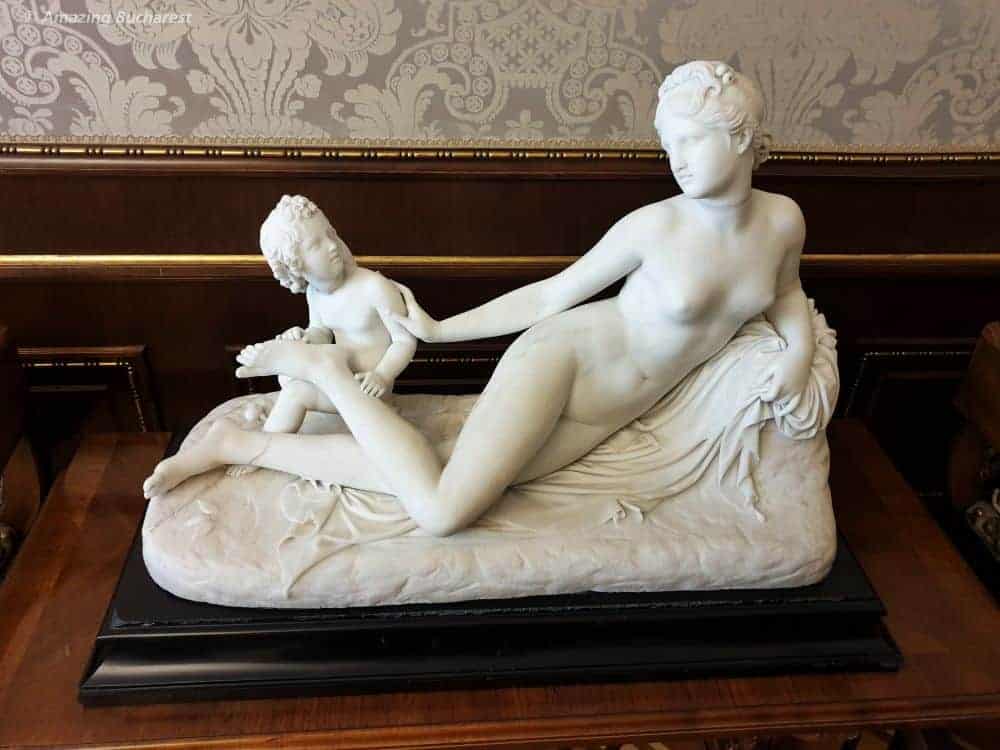
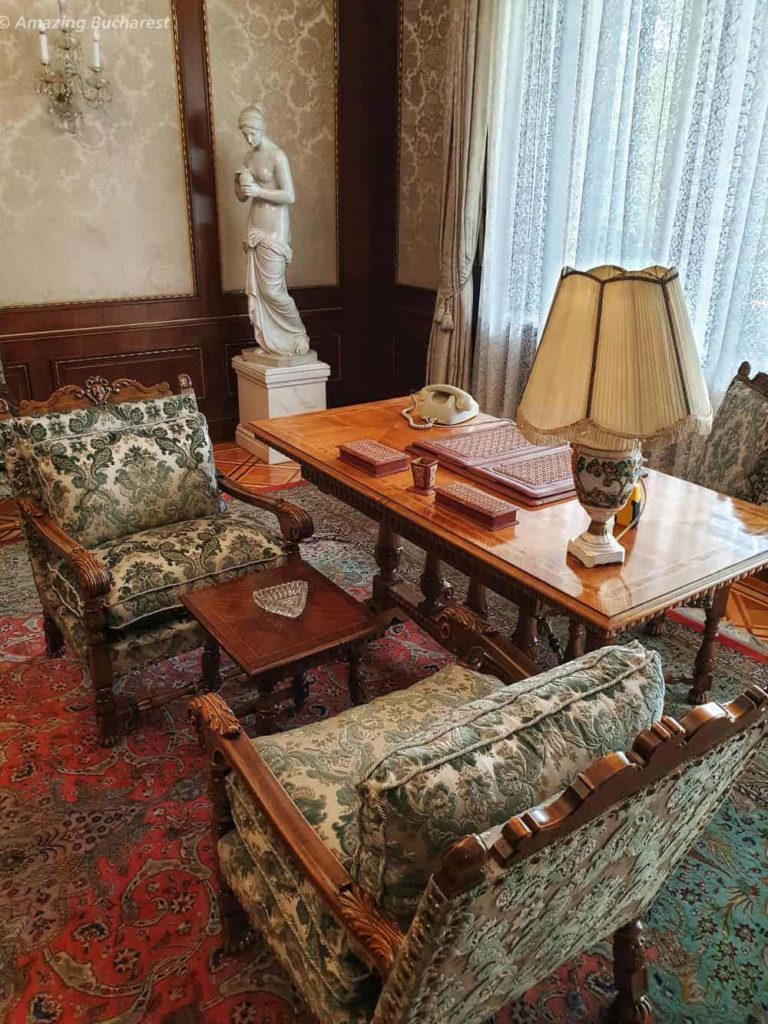
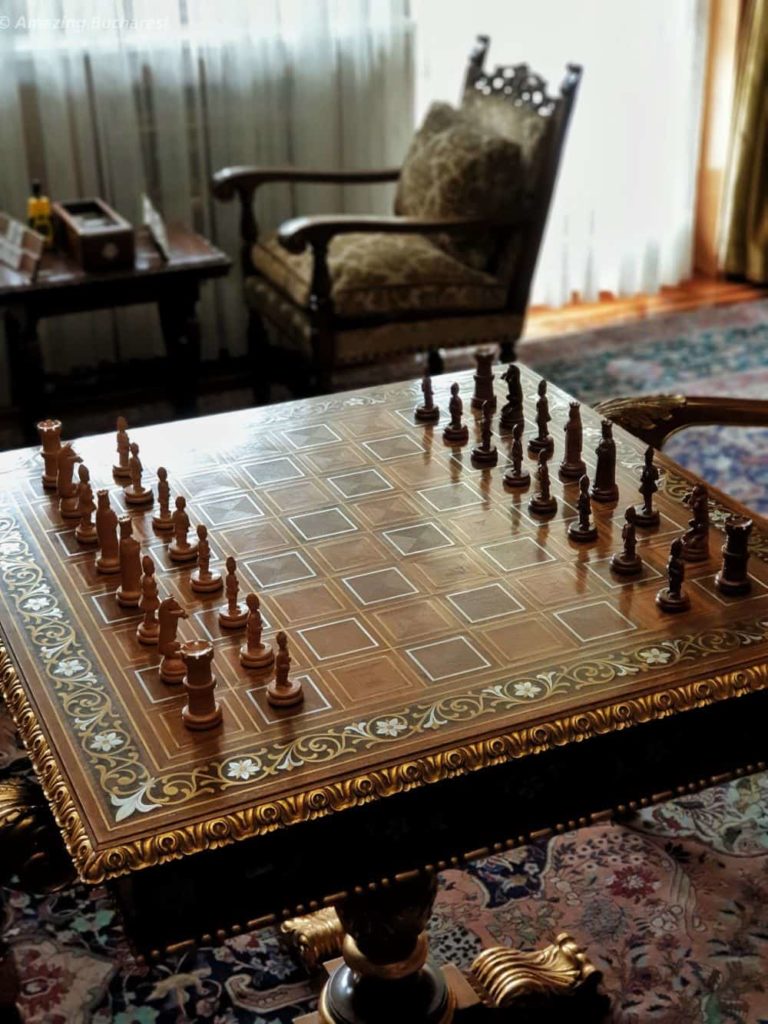
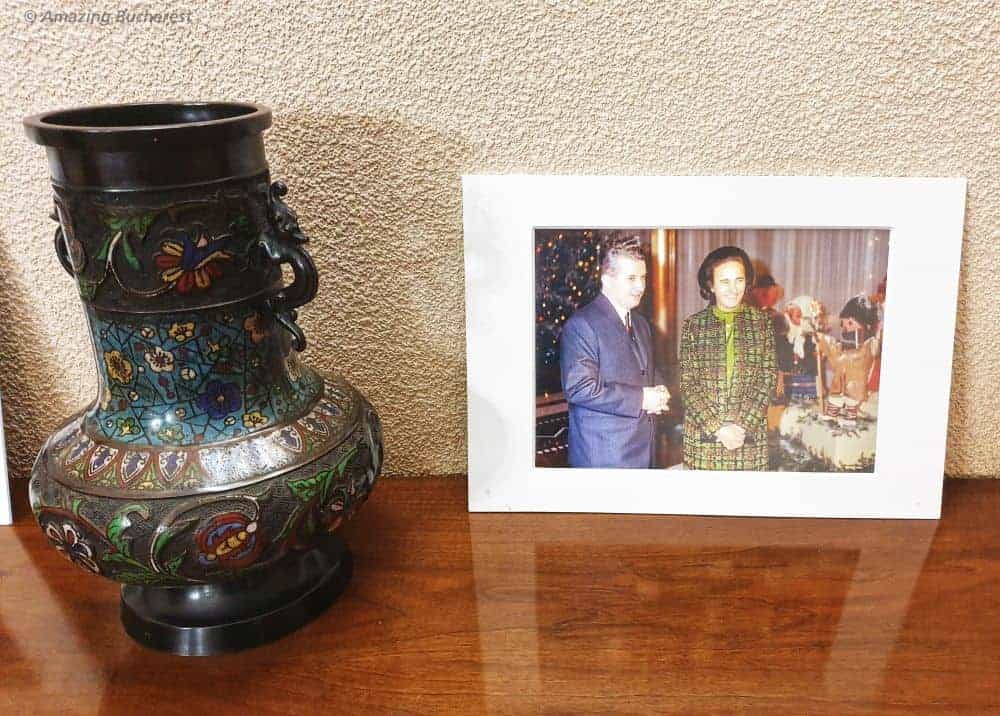
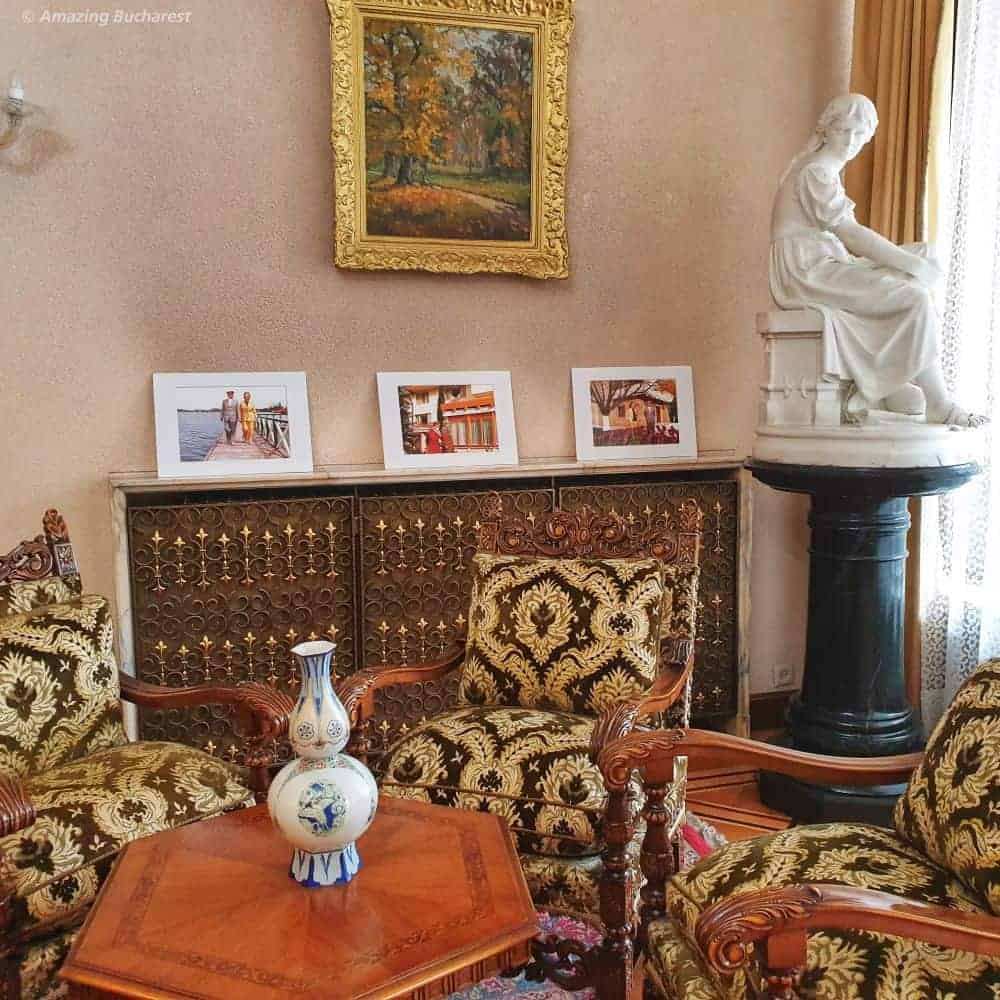
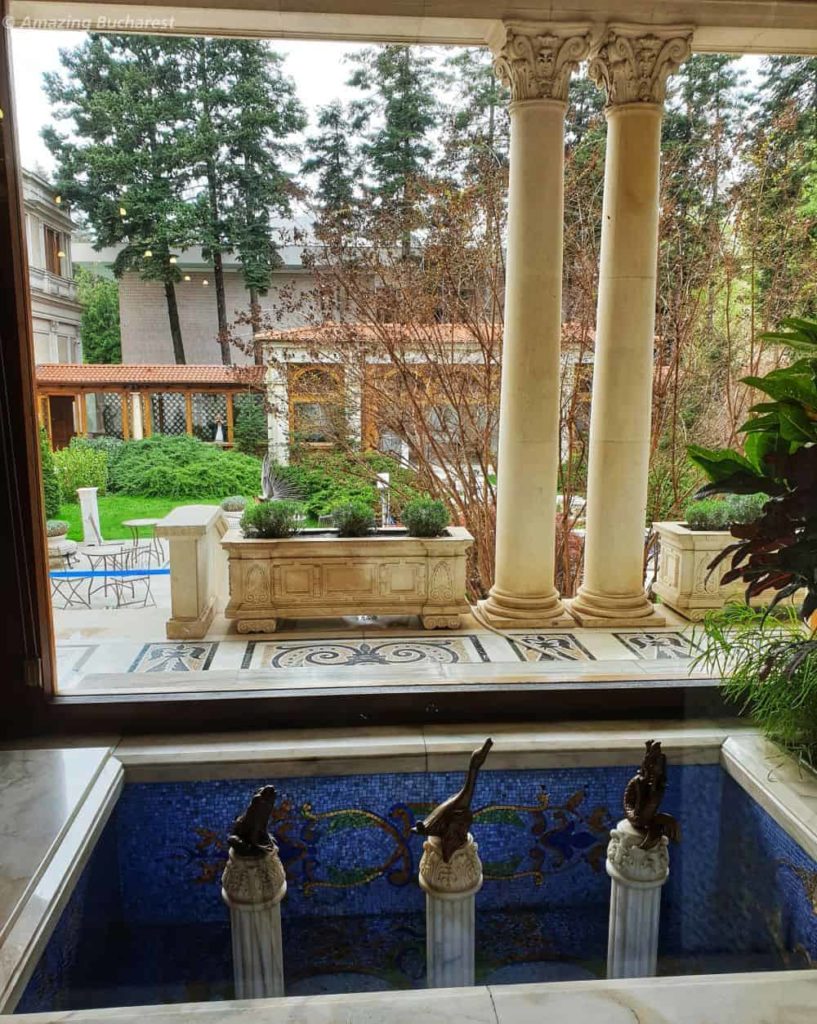
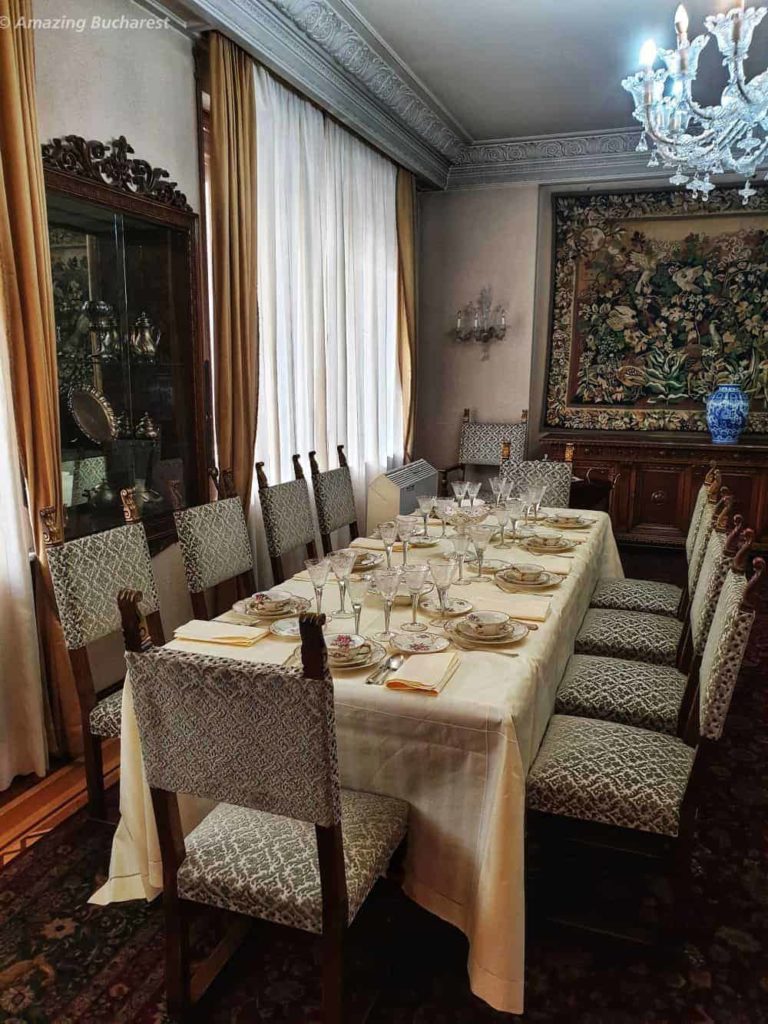
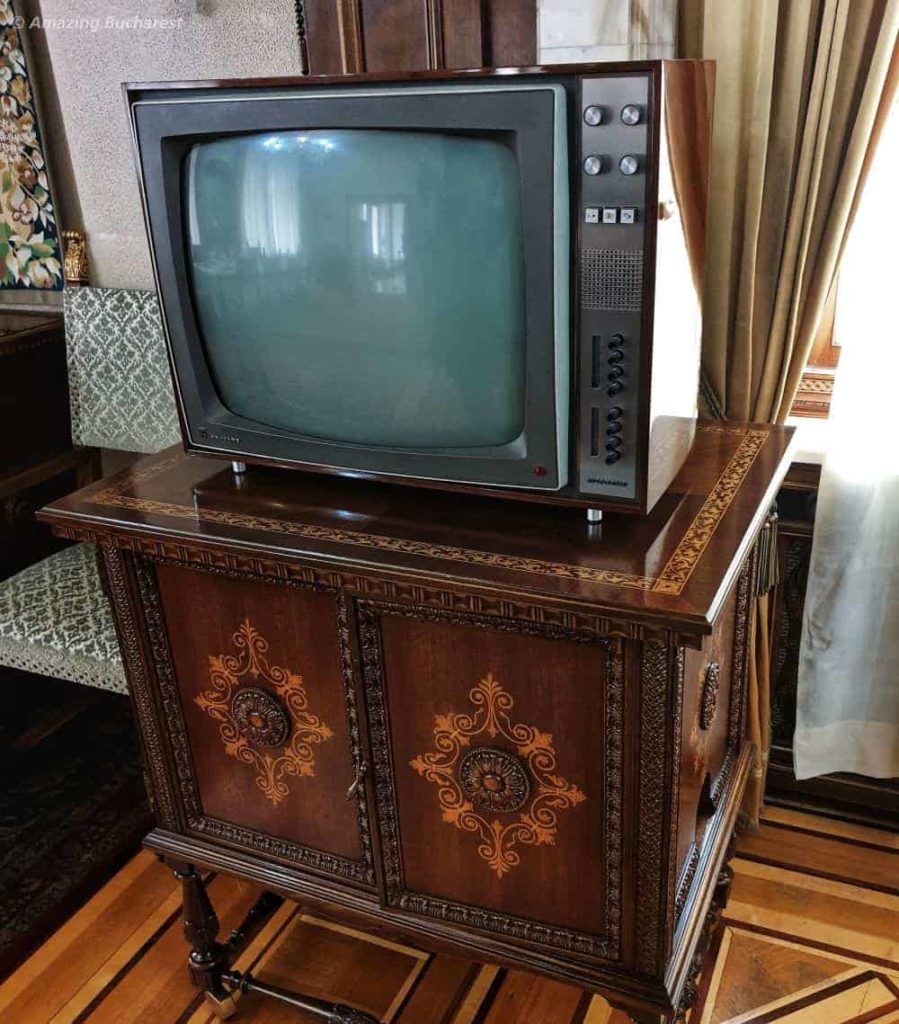
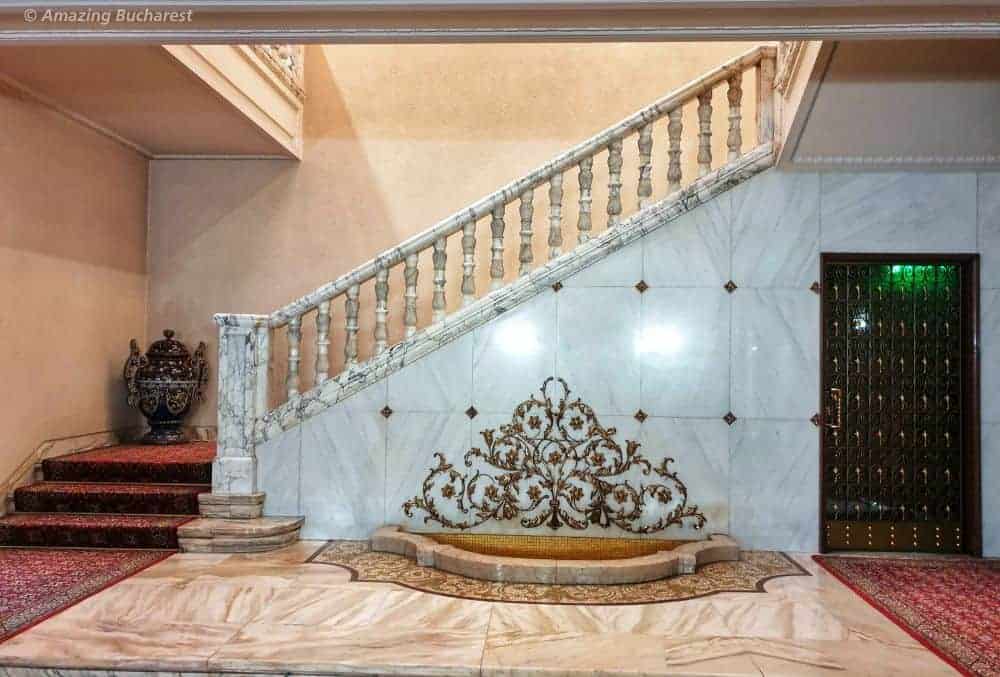
Ceaușescu House is open for the public from Tuesday to Sunday, between 10-17. There are guided tours. The entrance ticket costs 35 lei for the Romanian guide and 50 lei (10 euros) for the English one.
On request, a guide for French can be appointed. The visit is made in groups of a minimum 5 and maximum 20 people. You can take pictures, but videos are forbidden.
Address: Blv. Primăverii, no. 50
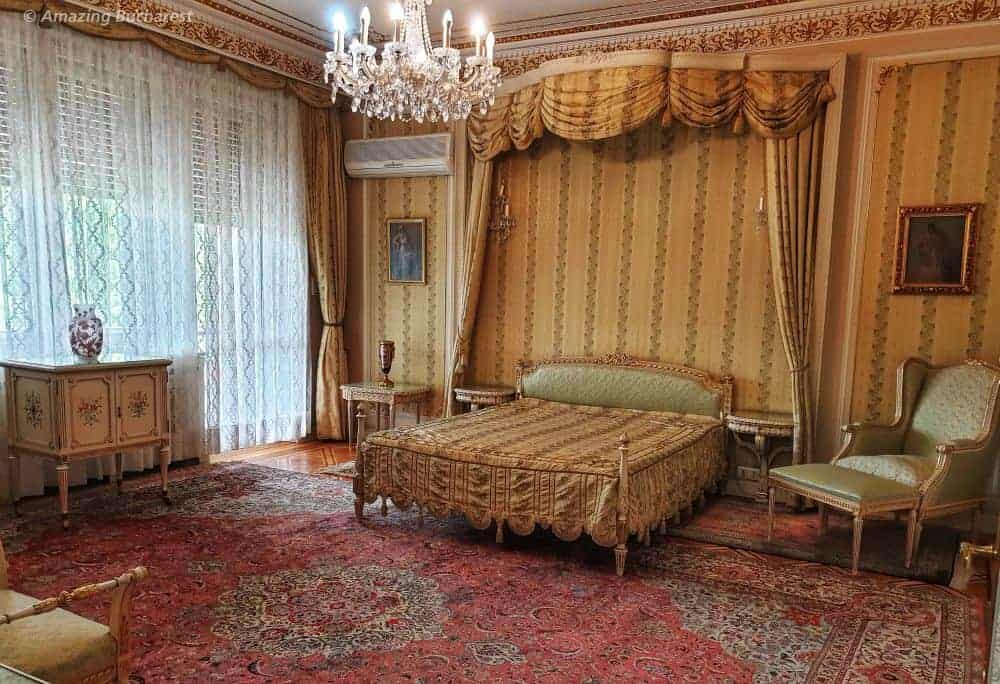
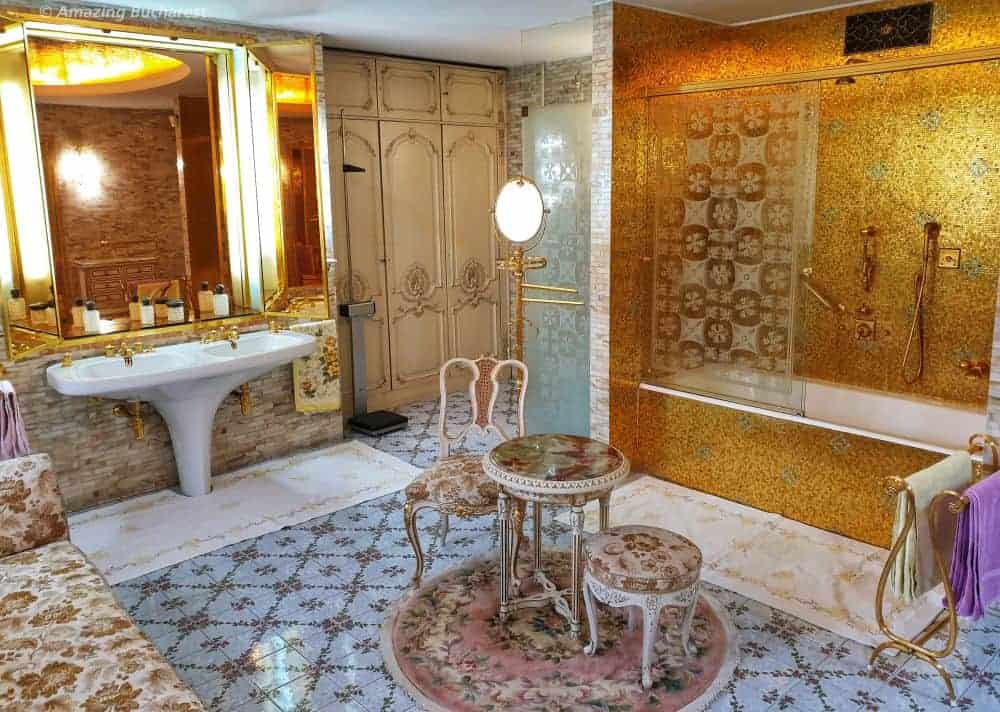
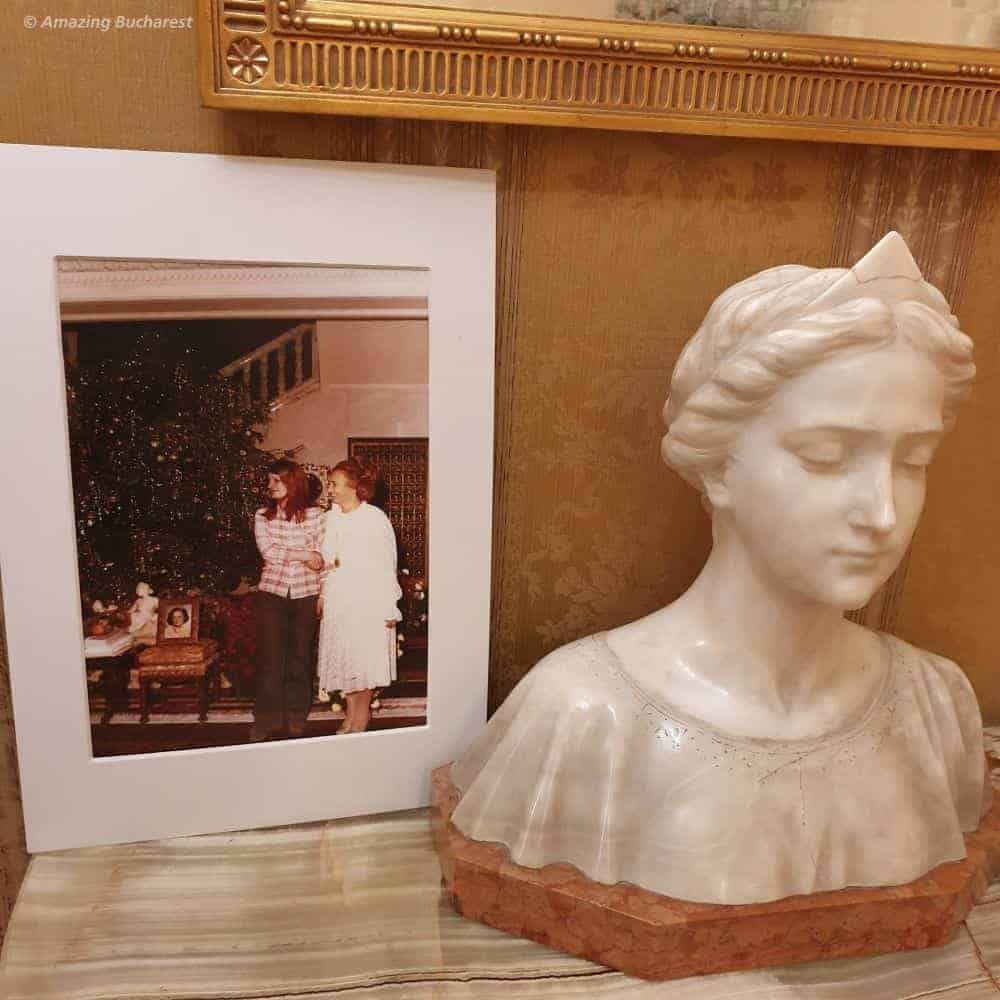
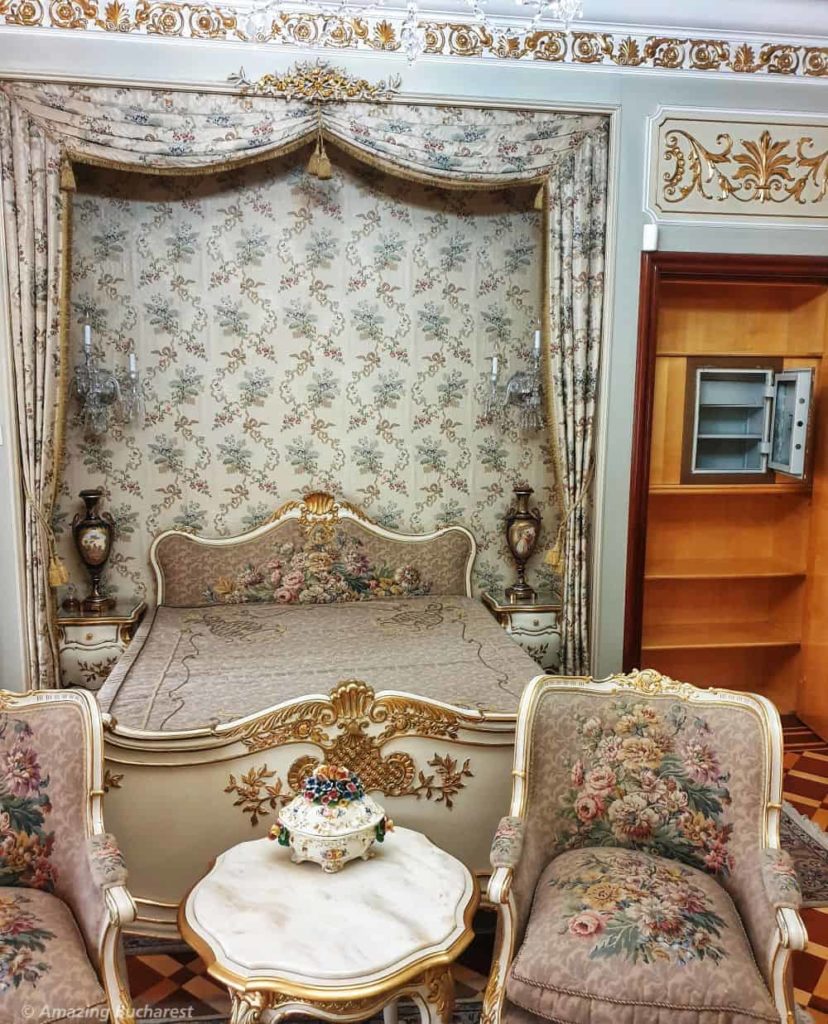
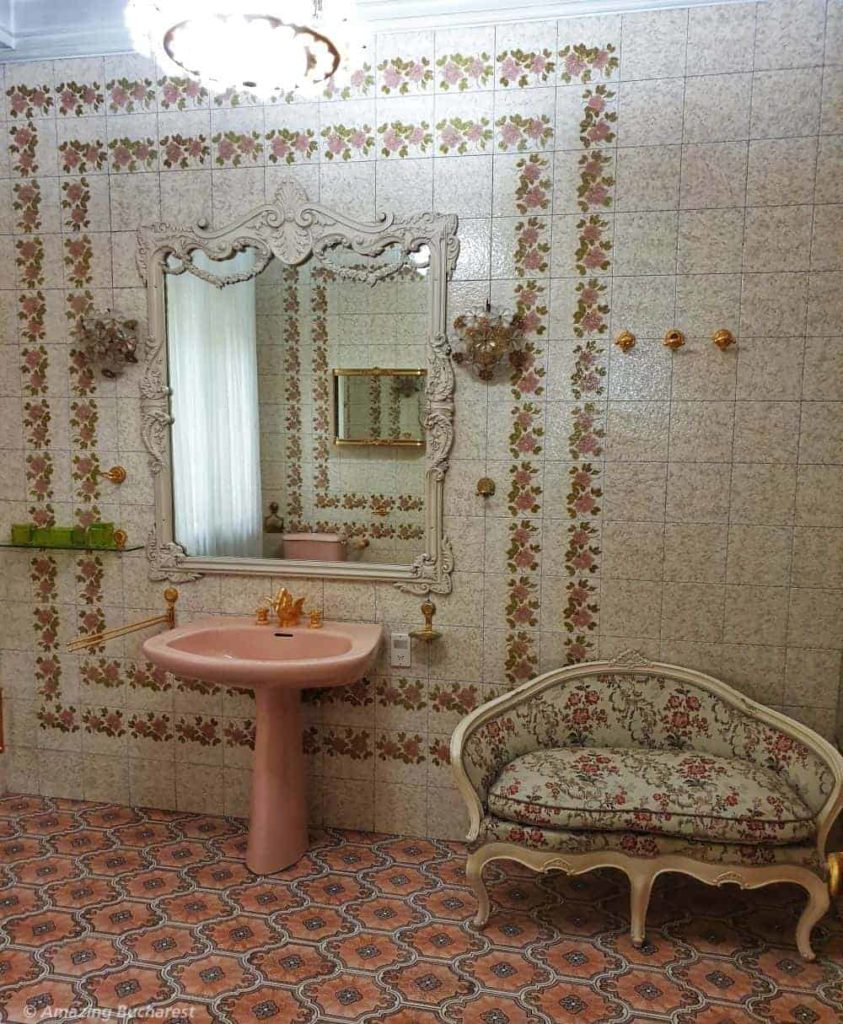
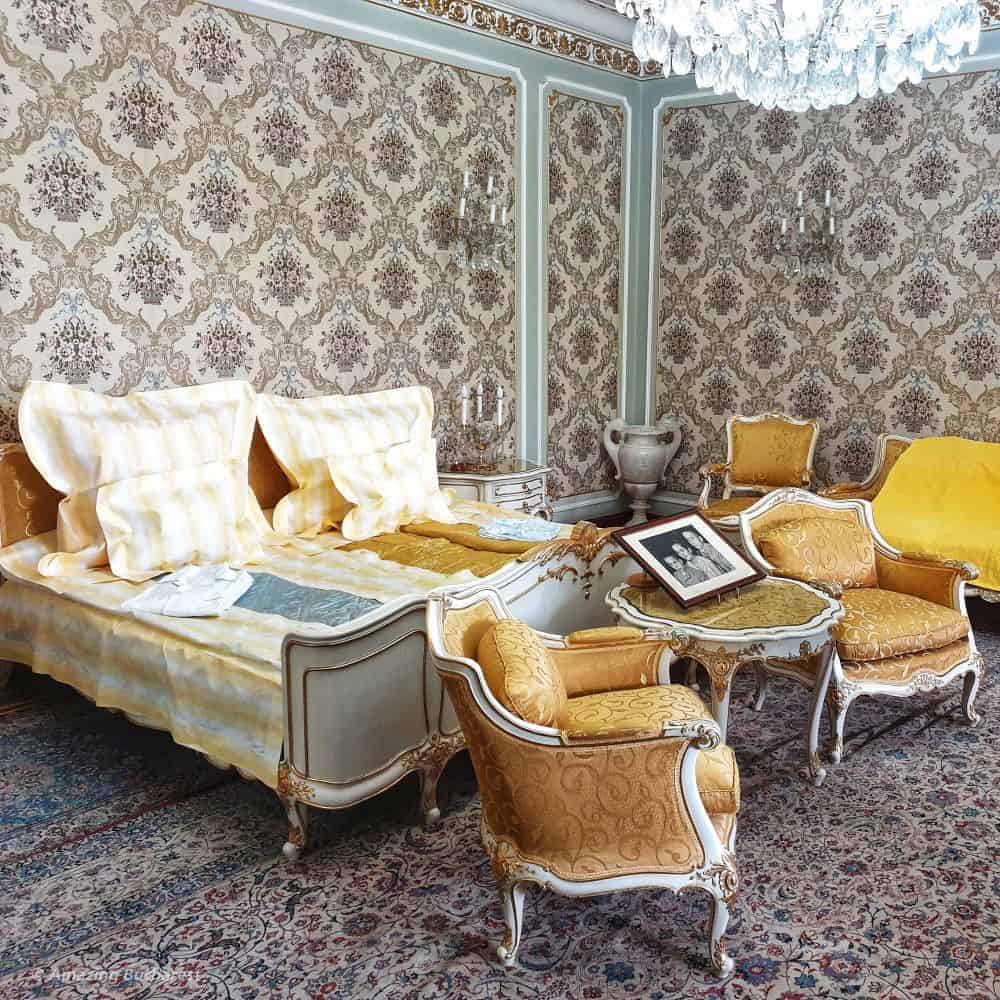
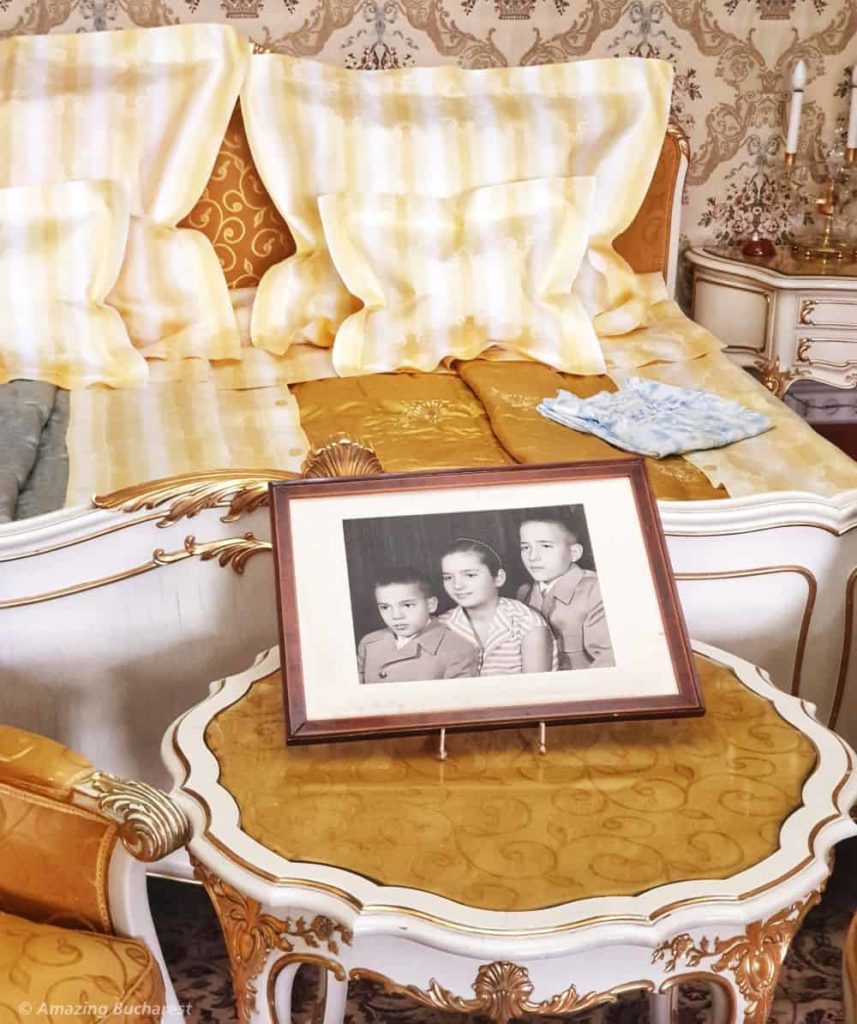
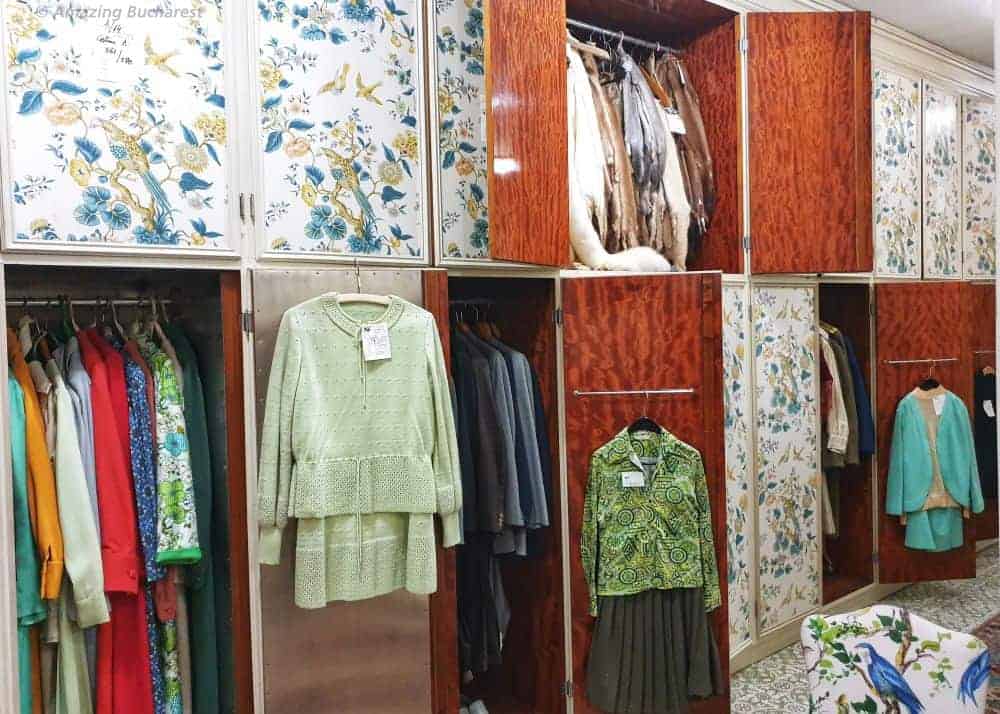
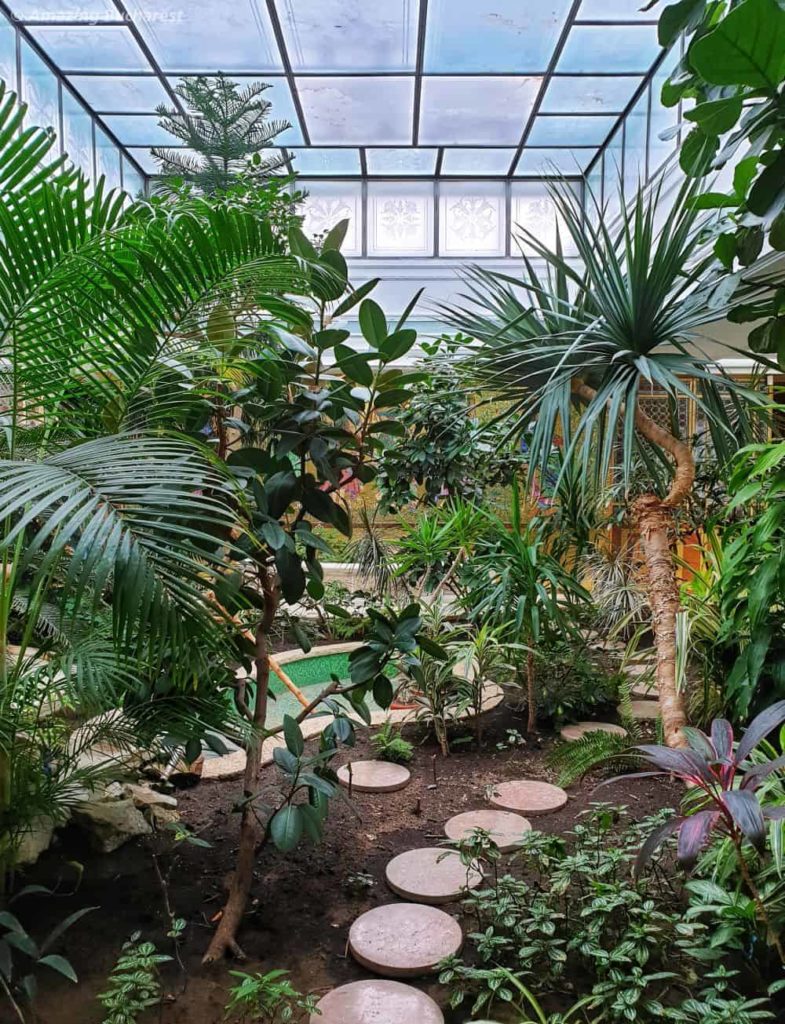
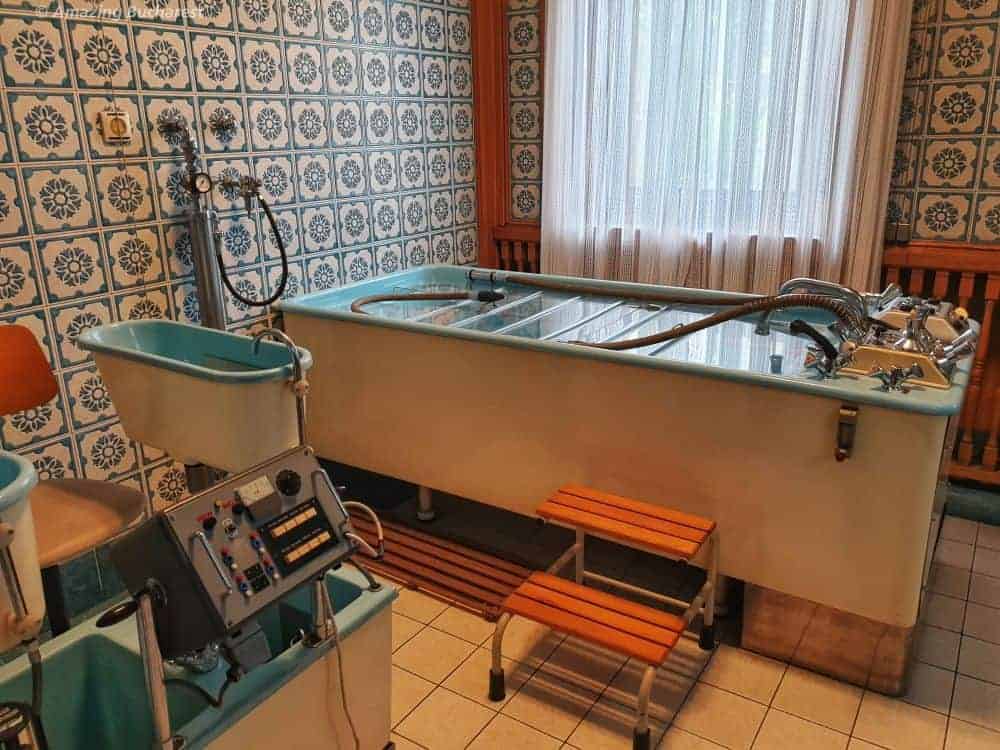
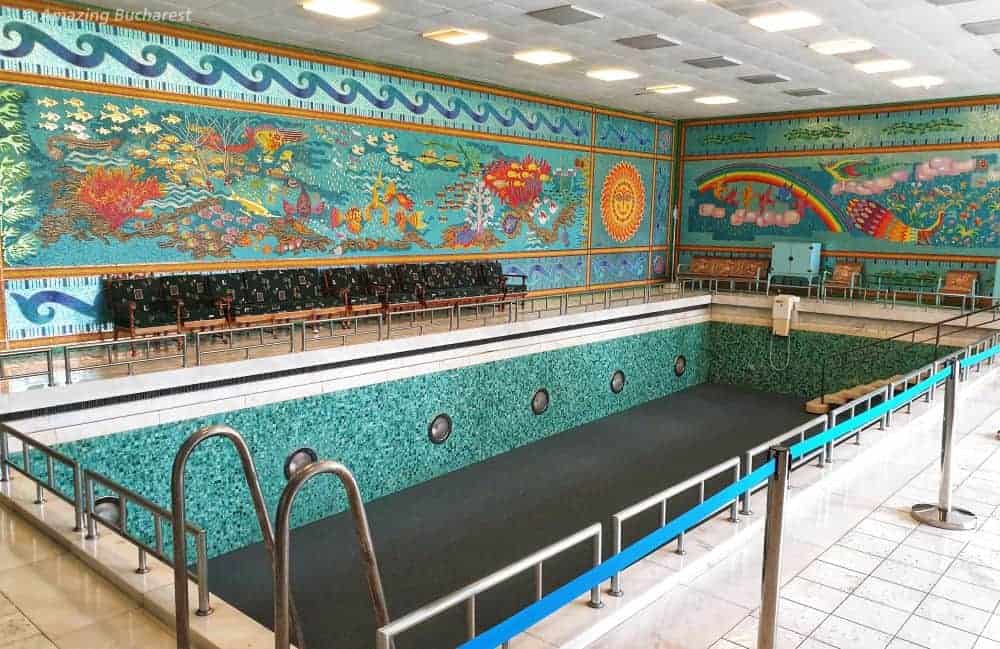
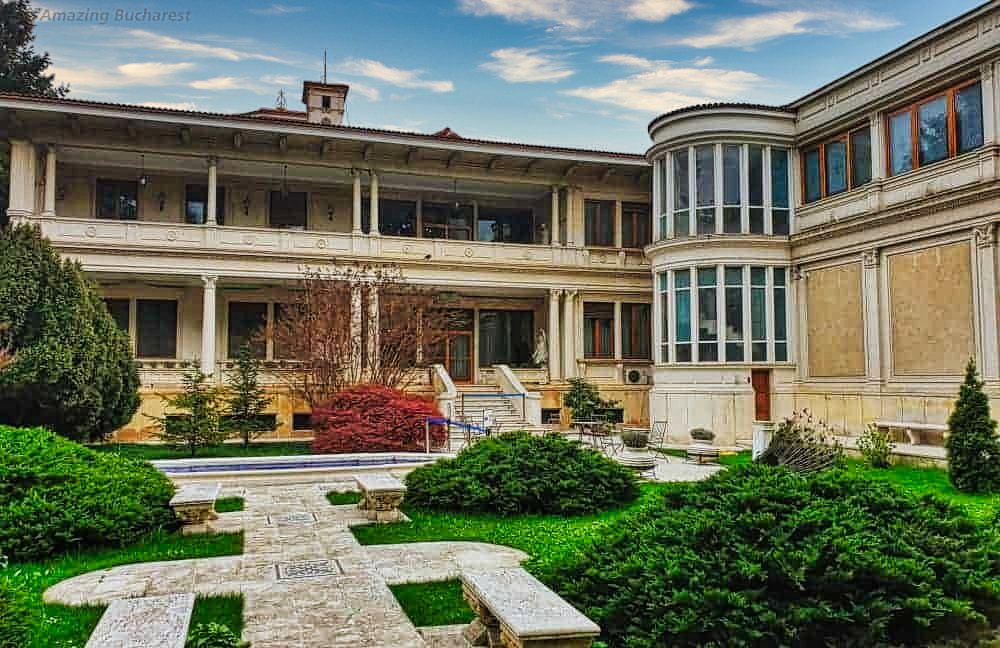
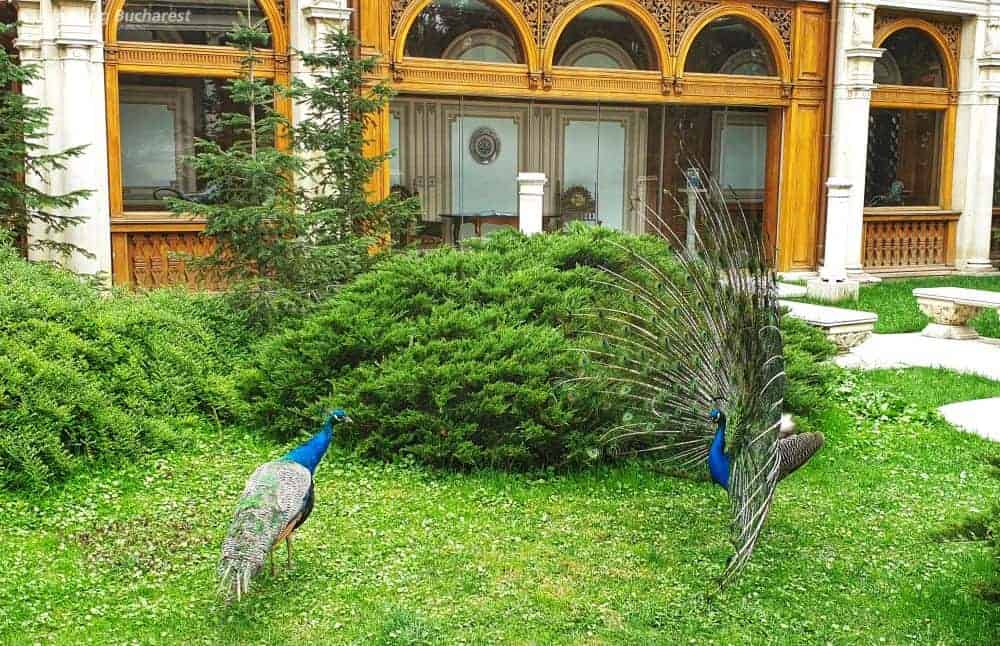
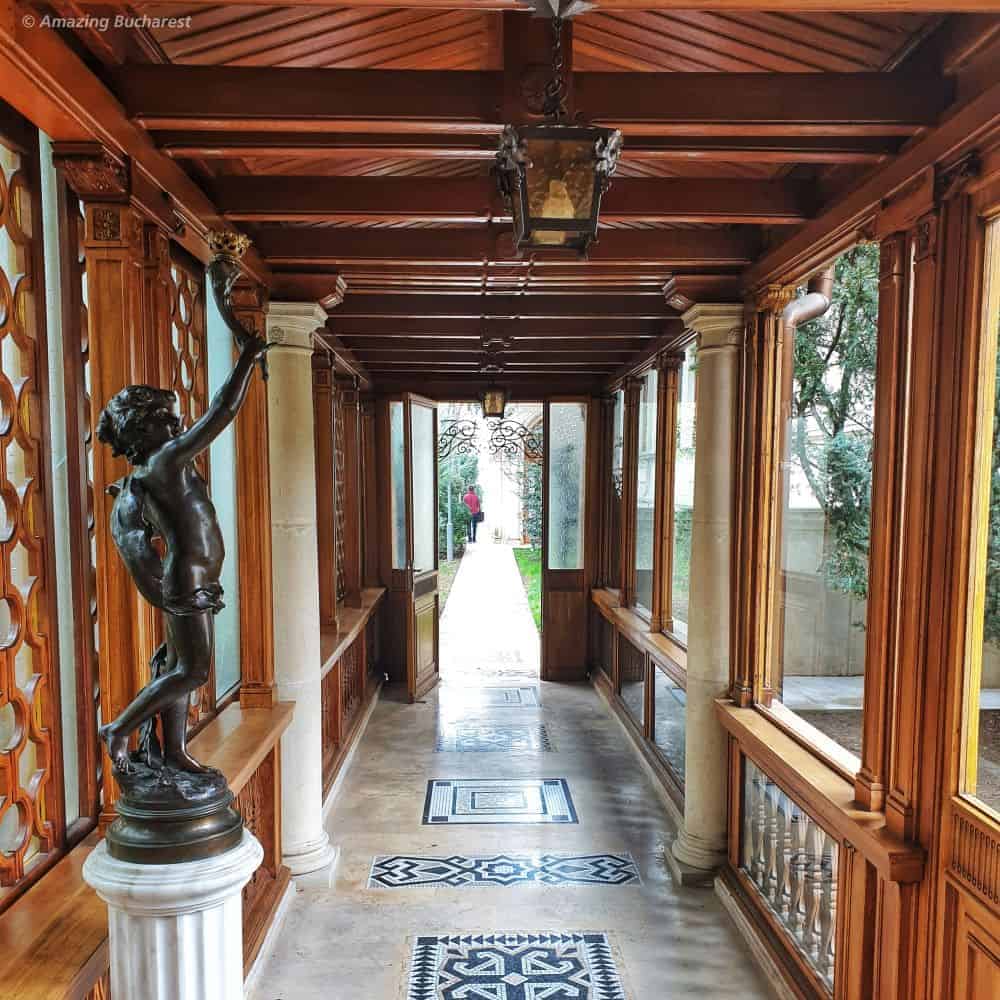
You may also like: How to spend two days in the Danube Delta of Romania

